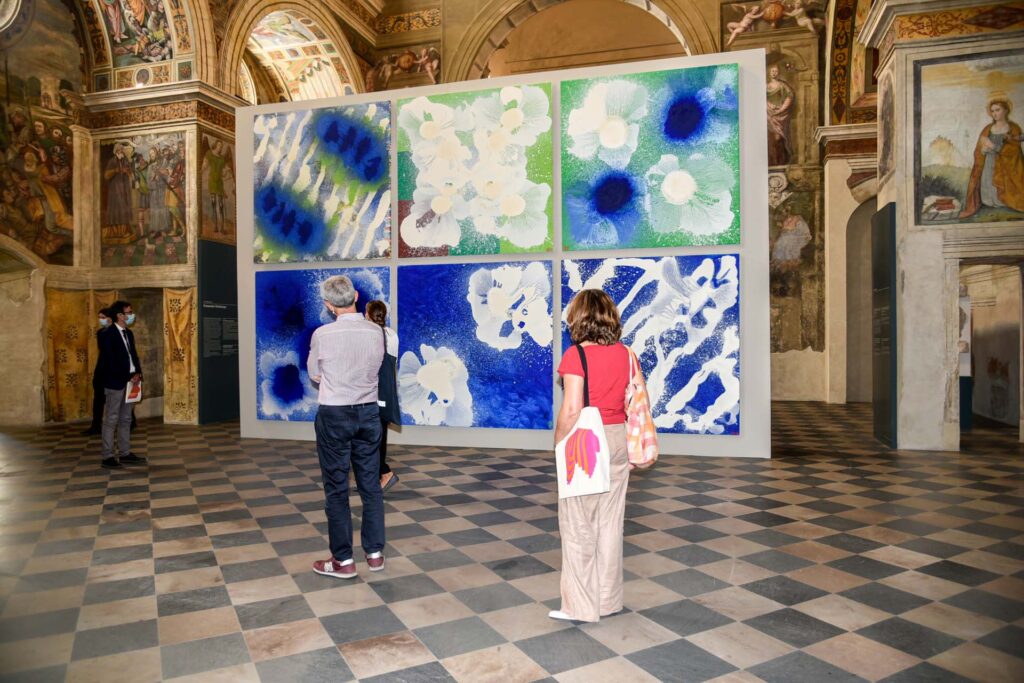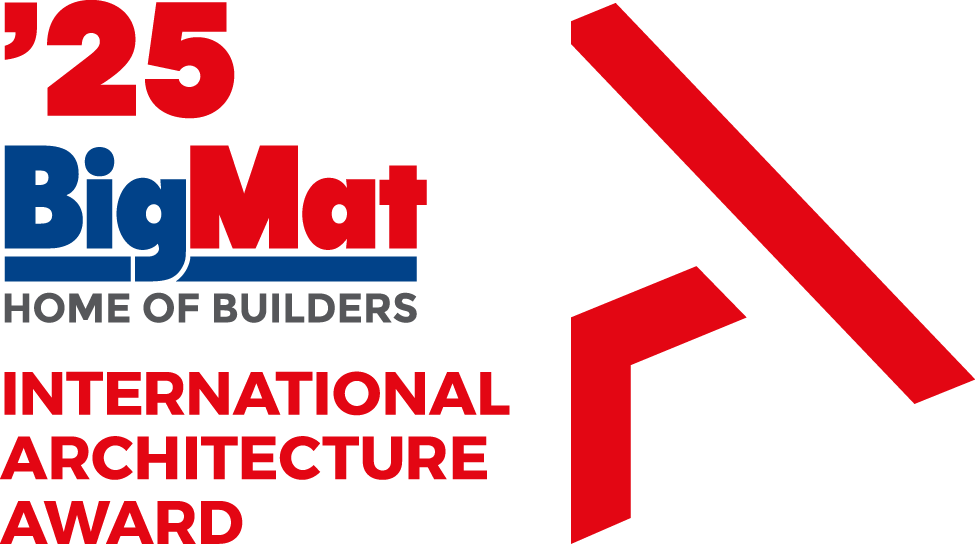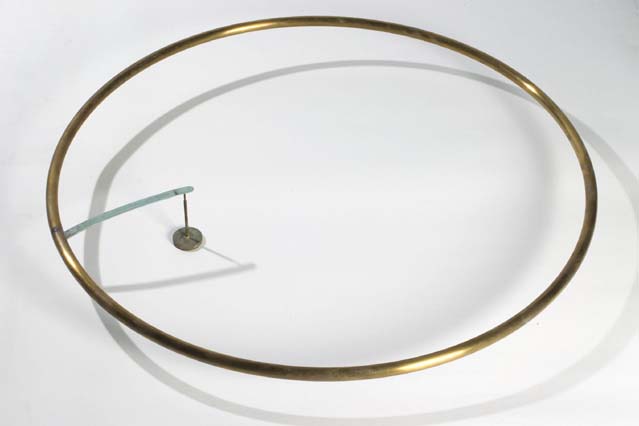The Brescia Musei Foundation hosts an exhibition on the Spanish architect’s works on the occasion of the return of the Vittoria Alata, an extraordinary Roman sculpture which had been taken away for restoration purposes.

From 18 September 2020 to 5 April 2021, the Santa Giulia Museum in Brescia hosts a retrospective dedicated to Juan Navarro Baldeweg (Santander, Spain, 1939), one of the most original architects of the international contemporary scene.
The exhibition will investigate the creative process of one of the most original architects on the international contemporary scene, through the exhibition of his works of architecture, painting and sculpture.
Practical information
“Juan Navarro Baldeweg. Architecture, Painting, Sculpture
In a field of energy and action”
September 18, 2020 – April 5, 2021
Museo di Santa Giulia
Via dei Musei, 81 Brescia
Italy
The initiative is part of the program of celebrations for the return to the city of Brescia of the Vittoria Alata, the Roman sculpture that, after a careful restoration that lasted two years at the Opificio delle Pietre Dure in Florence, returned in November 2020 to the city, and is now placed in the eastern cell of the Capitolium, according to a project designed by the Spanish architect himself.

The exhibition, curated by Pierre-Alain Croset, organized by the Municipality of Brescia and the Brescia Museums Foundation, directed by Stefano Karadjov, under the patronage of the Spanish Embassy in Rome and the Order of Architects, Planners, Landscapers and Conservators of the Province of Brescia, will present a series of works – models and drawings of his most important projects, large canvases and sculptures – which will retrace Navarro Baldeweg’s multifaceted career, as an architect, painter and sculptor, and allowing the visitor to grasp the interactions and connections between the various arts in his lifelong career.

“Juan Navarro Baldeweg. Architecture, Painting, Sculpture, In a field of energy and action” exhibition at Museo di Santa Giulia, Brescia, 2021 
“Juan Navarro Baldeweg. Architecture, Painting, Sculpture, In a field of energy and action” exhibition at Museo di Santa Giulia, Brescia, 2021
The exhibition itinerary will unfold, inside the Museum of Santa Giulia, in three particularly suggestive places: the Choir of the Nuns, the Basilica of San Salvatore and the underlying Crypt.
In the Choir of the Nuns, in the “Images of doing and ways of doing” section, a large double-sided polyptych with six paintings on each side has been placed, documenting the artist’s expressive processes and elementary forms of manipulation of matter and space.

The Longobard Basilica of San Salvatore will host the “Metaphors” section: “Metaphors of the horizon and nature (light, gravity, body and processes) where his plastic works on the theme of balance and gravity will be exhibited, alongside works that investigate the theme of zenithal light, the organic appropriation of space. The visitor will be able to follow the architect’s research, very personal, free, aimed at establishing a direct relationship with the basic elements of built space such as the horizon, light, matter.
In the Crypt, which will house the section “A house inside another house”, models and drawings of Navarro Baldeweg’s most important projects will be exhibited, including the Congress Palace of Salamanca, the Museum of the Caves of Altamira, the Teatro del Canal in Madrid and the Hertziana Library in Rome. The models, brought together in this small space, shape a miniature city of sorts.

In the multifaceted work of Navarro Baldeweg, the connection and dialogue between the various arts is evident; the themes and objectives common to built spaces, sculptures and large paintings emerges constantly. There is a strong desire to reduce complex reality into essential phenomena and to make visible the invisible.
In his installations, ideas may be sought, but also should the results of architectural research and experimentation. The conceptual premise is transformed into architecture through refined and complex spaces, defined by the peculiarity of the materials used, by their reaction to light and by the relationship with what is around them.

In words of the exhibition’s curator, Pierre-Alain Croset, «In an era that increasingly rewards specialization, it has become rare to meet architects who base their work on a wide-ranging artistic practice, as was the case in the Renaissance, and as only very few architects have been able to do in the contemporary era. The Brescia exhibition highlights the extraordinary coherence and continuity of Navarro Baldeweg’s work, both architectural and artistic, but also his rare ability to know how to dialogue with the surrounding heritage. For the first time, Juan Navarro was offered the opportunity to conceive an anthological exhibition in spaces recognized as a World Heritage Site, and we can therefore interpret the exhibition as a site-specific installation of fragments in dialogue with the extraordinary architectural palimpsest of Santa Giulia”.










